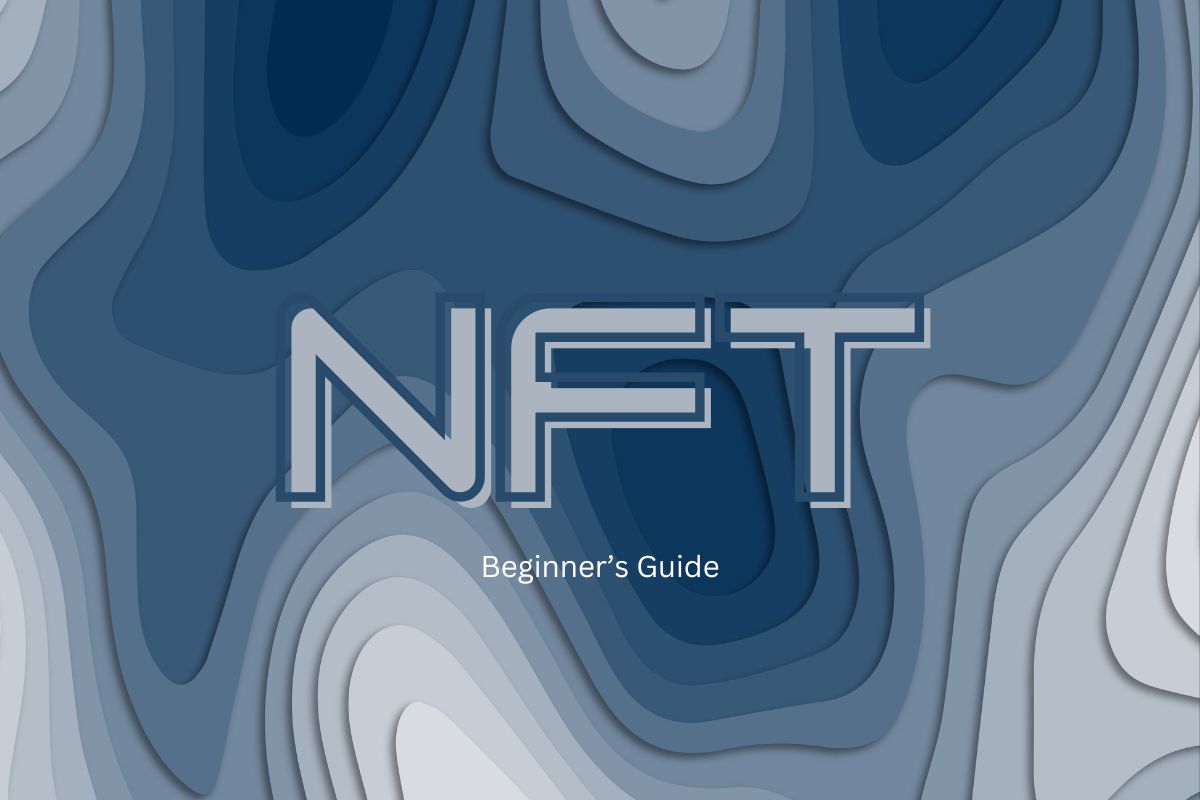NFTs are everywhere these days—from digital art and collectibles to music, gaming, and beyond. But if you’re just starting out, the term itself might feel unfamiliar, even a little confusing. What exactly is an NFT? Why are people buying and selling them? And how do they work?
Understanding the basics of NFTs doesn’t require technical skills or a deep background in crypto. It just takes a bit of curiosity and a willingness to learn how ownership is evolving in the digital world.
What You’ll Learn in This Guide
This article is a beginner-friendly introduction to NFTs—what they are, how they work, and why they matter.
We’ll break down the meaning of NFTs, explain how they’re used, explore where to buy or sell them, and offer some tips for navigating this growing space. Whether you’re an artist, collector, or just curious, this guide gives you a simple starting point.
What Is an NFT?
NFT stands for “Non-Fungible Token.” That might sound complex, but here’s what it really means:
A token is a type of digital asset that lives on a blockchain. When something is non-fungible, it means it’s unique and can’t be replaced with something identical.
Think of it like this: A dollar bill is fungible—you can swap it for another and still have the same value. But an NFT is more like a one-of-a-kind painting. Even if someone makes a copy, it’s not the same as the original.
NFTs are mostly known for digital art, but they can represent all kinds of things—music, videos, in-game items, virtual land, or even tickets to events.
How NFTs Work
NFTs live on a blockchain, which is a public, digital ledger. Most NFTs are created on Ethereum, but other blockchains like Solana, Polygon, and Tezos also support them.
When you buy an NFT, what you’re really buying is a digital certificate of ownership tied to a specific item. That ownership is recorded on the blockchain and can’t be changed or faked.
The NFT doesn’t always include the actual image or file—it usually contains a link to where the digital item lives (like on IPFS or another storage platform). But the proof that it belongs to you? That’s secured by the blockchain.
Why People Buy NFTs
There are several reasons why people buy NFTs:
- Collectibility: Like trading cards or rare comics, NFTs can be part of a collection that holds personal or market value.
- Support for creators: Many people buy NFTs to support artists, musicians, and developers directly.
- Digital identity: Some use NFTs (like profile pictures or avatars) as a way to express themselves online.
- Speculation: Others see NFTs as an investment, hoping the value will increase over time.
- Utility: Some NFTs come with perks—access to events, games, communities, or exclusive content.
While some buy for fun or art, others are interested in the tech or future possibilities.
What You Need to Get Started
To buy or sell NFTs, you’ll need a few things:
A crypto wallet: This is where you store your digital currency and NFTs. MetaMask is a popular browser-based wallet. Mobile options like Rainbow or Trust Wallet are also beginner-friendly.
Some cryptocurrency: Most NFT marketplaces use Ethereum (ETH), but check the specific platform you’re using.
A marketplace: Websites like OpenSea, Magic Eden, Rarible, and Foundation are places where NFTs are bought and sold.
Once your wallet is set up and funded, you can browse listings, connect your wallet, and start buying—or minting—NFTs.
Common Terms to Know
As you start learning about NFTs, you’ll see some new words. Here are a few to keep in mind:
Minting: Creating a new NFT and putting it on the blockchain.
Floor price: The lowest price of an NFT in a collection.
Gas fees: Transaction fees paid to the blockchain network (especially on Ethereum).
Smart contract: The code behind NFTs that manages their creation, ownership, and sale.
Metadata: The information tied to an NFT—like title, description, creator, and traits.
Knowing these basics helps you read listings and understand what you’re buying.
Risks and Things to Watch Out For
Like any new space, NFTs have their risks. Scams and fake collections do exist, so it’s smart to stay cautious:
- Always double-check links and verify official accounts.
- Don’t share your wallet’s seed phrase—ever.
- Be careful with random DMs or offers that seem too good to be true.
Prices can also be volatile. Just because an NFT sold for a lot once doesn’t mean it always will. Buy what you value—not just what’s trending.
What Makes NFTs Valuable?
Value is subjective. For some, it’s about owning a piece of internet culture. For others, it’s about access to exclusive communities or early support for creators.
Just like art, sneakers, or limited-edition collectibles, value is often driven by culture, demand, and meaning.
Why NFTs Are More Than Just Hype
While NFTs are often linked to flashy headlines or big-dollar sales, the core idea is about digital ownership. That’s a big shift in how we use the internet.
For creators, NFTs mean a chance to get paid fairly and directly. For collectors, they offer new ways to connect with culture, support artists, and build digital identities. And for builders, they open up new tools for games, access, and innovation.
NFTs are still new, and the space is growing fast. But the idea of owning something digital—and proving it without middlemen—is likely here to stay.
A New Way to Connect and Create
Learning about NFTs doesn’t mean jumping in all at once. It’s okay to take your time, ask questions, and start small. Whether you end up collecting, creating, or just watching from the sidelines, understanding how NFTs work gives you a front-row seat to a major shift in how people share, buy, and connect online.
And as more projects are built with NFTs, from art and music to identity and access, the space continues to grow—one digital creation at a time.

No Responses